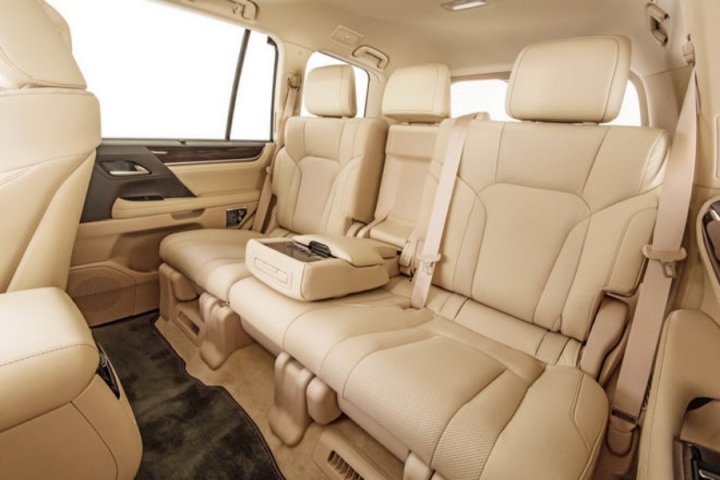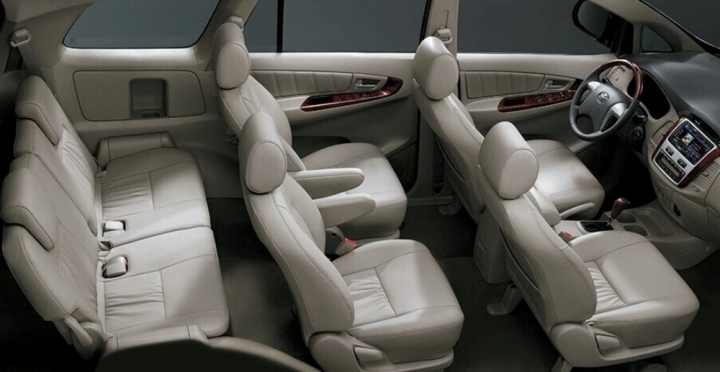According to the US National Highway Safety Administration, the seating position in a car determines the level of passenger injury in a collision. Depending on the design, different types of cars such as 5-seaters, 7-seaters, or 30-seaters have different safe seating positions.
5-Seater Cars
The safe seating positions in a 5-seater car are in the middle and behind the driver’s seat as they are less impacted in a head-on collision. Additionally, sitting in these positions is safer when the driver turns the steering wheel naturally.

Safe seating positions in a 5-seater car are in the middle and behind the driver’s seat. (Illustrative image)
The dangerous seating position in a 5-seater car is the seat next to the driver as the driver tends to protect themselves by turning the steering wheel. Additionally, if the car is involved in a head-on collision, the passengers in the front seats will bear a large inertial force. In cases where the airbags and seatbelts are not effective, the head and chest may hit the dashboard. This position becomes even more dangerous in the event of a broken windshield.
7-Seater Cars
In a 7-seater car, passengers should sit in the second row, especially in the middle and behind the driver’s seat. These positions have similar characteristics to those in a 5-seater car. The highest risk of injury when sitting in a 7-seater car in the event of a collision is the front passenger seat. In addition, the rear seats are also subject to significant impact if a collision occurs from behind. This is because the rear seats are open and close to the rear trunk, without a partition.

(Illustrative image)
When moving at high speeds and making a sudden brake, 7-seater cars tend to have a “tail flick” phenomenon. Passengers in the back seats will experience a large inertia force if they do not fasten their seat belts, increasing the level of danger.
9-16 Seater Cars
The safe seating positions in 9-16 seater cars are the seats in the middle (especially the seats facing the opposite direction of the car’s movement) as they are less affected by the impact force in a collision.
Similar to the mentioned car types above, the dangerous seating position in 9-16 seater cars is the front passenger seat. In addition, the seat next to the driver is also dangerous if a collision occurs on both sides of the car. In that case, the window glass may shatter and injure passengers. The last row of seats in a 9-16 seater car is also in a “black position” when the car is hit from behind.
Over 30-Seater Buses
Studies by the US National Highway Traffic Safety Administration have shown that the safe seating position on buses is in the middle seats that are not on the same side as the driver’s compartment. The safest position is from the third row downward. These positions are less affected by the inertial force when the bus brakes suddenly or collides.
The most dangerous seating position on buses is the seats next to the driver’s window. This position is most affected in the event of a head-on collision, especially when the window is broken.
According to VTC.vn

































